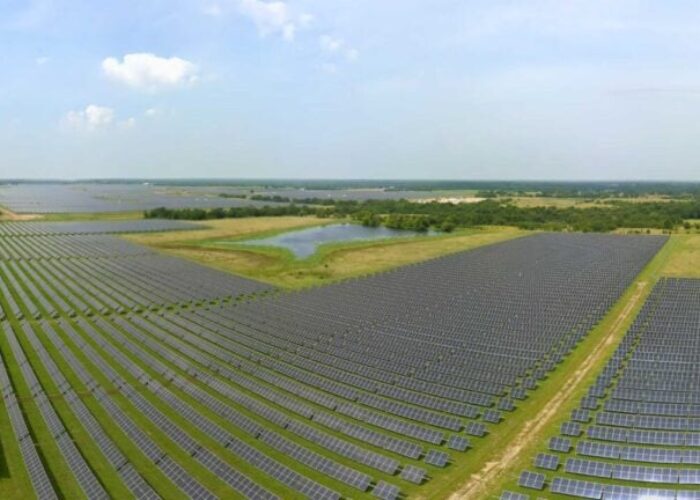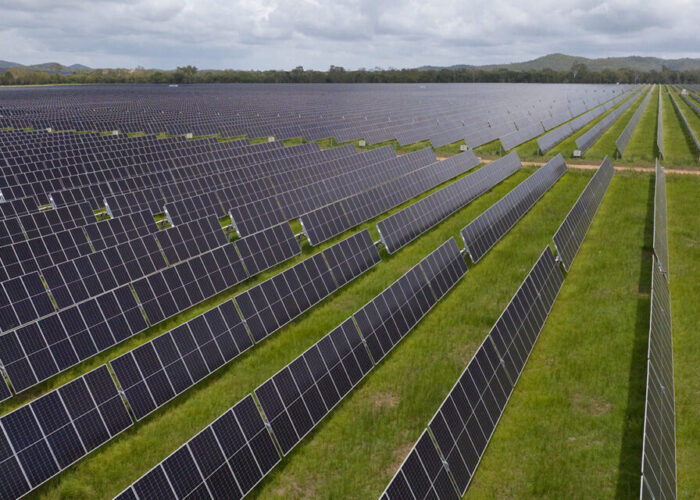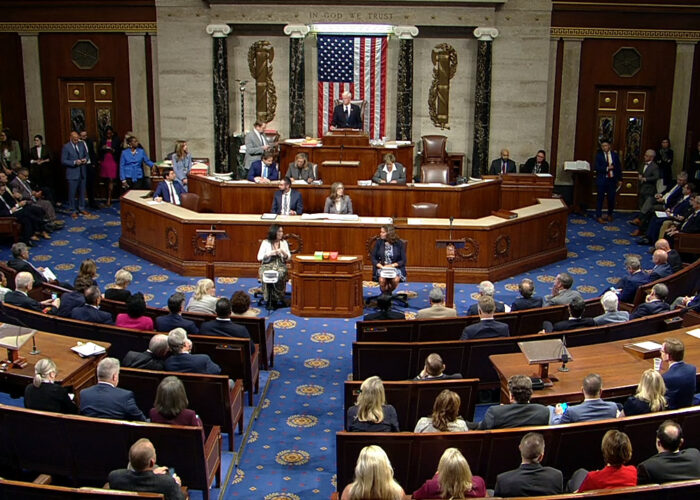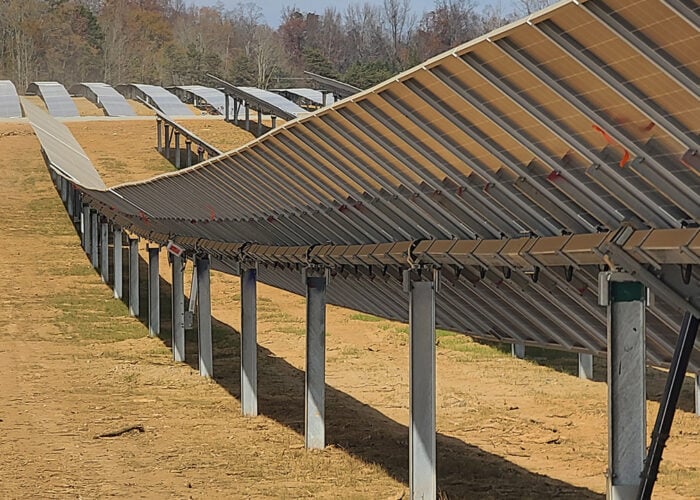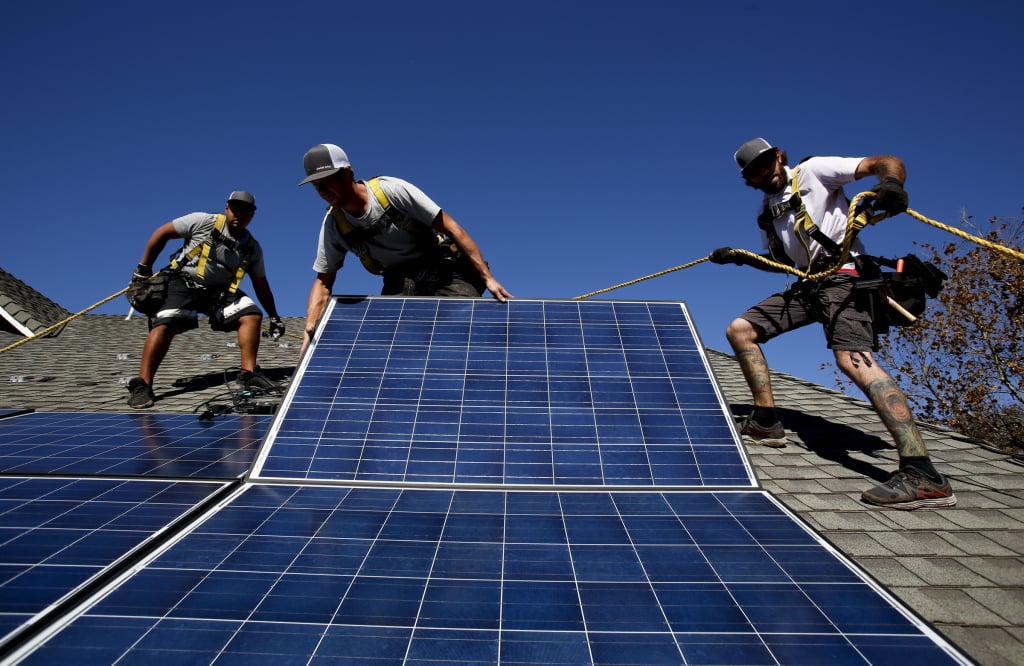
New solar capacity installations in the US are expected to rise 43% this year as the industry recovers from the worst impacts of the COVID-19 pandemic, according to a new study by the Solar Energy Industries Association (SEIA) and Wood Mackenzie.
That increase would see a record 19GW of new solar installed in 2020, as confidence in the utility PV segment has “surged back” following months of market uncertainty, the US Solar Market Insight Q4 2020 report said.
Unlock unlimited access for 12 whole months of distinctive global analysis
Photovoltaics International is now included.
- Regular insight and analysis of the industry’s biggest developments
- In-depth interviews with the industry’s leading figures
- Unlimited digital access to the PV Tech Power journal catalogue
- Unlimited digital access to the Photovoltaics International journal catalogue
- Access to more than 1,000 technical papers
- Discounts on Solar Media’s portfolio of events, in-person and virtual
The utility-scale market was the primary driver of Q3 installations with 2.7GW of new capacity, representing 70% of the total 3.8GW of solar installed during the quarter. According to the study, the pandemic “has caused virtually no delays” in utility project construction and has resulted in “little to no slowdown” in new project announcements.
While utilities have continued ramping up solar procurement in anticipation of the Investment Tax Credit (ITC) project completion deadline on 31 December 2023, they are also turning to solar to help meet new carbon reduction or renewables targets as they come under increasing pressure from large corporate offtakers. The report says a total of 9.5GWdc of new utility PV power purchase agreements were announced in Q3 2020, bringing the contracted pipeline to a record total of 69GWdc.
“This report points to the incredible resilience of our companies and workers in the face of the pandemic and continued demand for clean, affordable electricity sources,” said Abigail Ross Hopper, president and CEO of SEIA. “It also speaks to our ability to support economic growth, even in our darkest moments.”
The residential market bore the brunt of the pandemic impacts to the solar industry in Q2, with installs down to 617MW, but experienced a relatively quick recovery with 738MW installed in the third quarter, a 14% sequential increase, but still below pre-pandemic levels.
“Logically, the states with the biggest installation declines in Q2 also had the biggest recoveries in Q3, such as New York and New Jersey where restrictions were substantial,” said Michelle Davis, senior analyst at Wood Mackenzie.
Thanks in part to innovations such as virtual sales techniques and the increased adoption of online permitting processes, SEIA and Wood Mackenzie forecast 2020 residential installations of more than 3GWdc, up 7% on last year.
While not every residential installer has recovered to the same extent, the study notes that “many of the larger installers are reporting record sales volumes and project pipelines”. Indeed, panellists in a recent Roth Capital webinar forecasted a strong Q4 and Q1 2021 as installers work to reduce their project backlogs.
In terms of non-residential PV – such as commercial, government, nonprofit and community solar – the report says the segment returned to first quarter installation figures in Q3, with 429MW deployed. The combination of project delays and demand pull-in from the ITC means that 2021 is expected to be a record-breaking year for non-residential solar at nearly 2.4GWdc.

